
Developer: Dimps
Publisher: Bandai Namco Entertainment
Platform: PC, PS5, Switch, Xbox Series X/S
Tested on: PS5
Sword Art Online: Fractured Daydream – Review
Even if you’re a big fan of everything around Sword Art Online, it’s easy to admit that many of the franchise’s games weren’t stellar gaming experiences. The gameplay often felt a bit rough around the edges and more than often things felt dated. This is also why we had fairly low expectations of Sword Art Online: Fractured Daydream, the newest SAO title that aims for an online MMO-like experience. We wrongly assumed the worst and quickly ended up pleasantly surprised and quite hooked on what this action-packed title had to offer.
Story
We’re just going to start by saying that if you are unfamiliar with anything related to Sword Art Online, the story will not make that much sense to you. Fractured Daydream relies on the player to have a bit of knowledge about the series and some of its characters. Even so, the rough outlines are still quite easy to understand. ALfheim Online has been updated with a new feature named Galaxia. Galaxia allows you to replay events of the past, granting you the power to alter the course of certain events. Sadly, the new system is malfunctioning, causing players to lose their memories and transporting them to other random worlds we have seen in other Sword Art Online games. Kirito, first unaware of what happened to him, finds himself in the company of the Administrator. Even though they were once enemies, the duo has to put their differences aside and now work together to figure out what is going on, while also finding other players that ended up in the same mess.
All in all, the story is actually quite meaty. You’ll have a few segments that just revolve around the cast getting back together to eventually go through a few information dumps. Even so, the story is quite entertaining and perhaps even a bit better structured than the narratives of other titles in the series. We quite enjoyed playing through the bite-sized main and side missions.
Graphics
Graphically, Fractured Daydream is a bit of a mixed bag. The character designs are great, and so are the splash effects for all the special moves and even the basic attacks. Some backdrops are beautiful, but the levels feel a bit empty and are also rather basic. The indoor levels all consist of nearly empty rooms with a few treasure chests sprinkled across the map. We understand that the game is built around fast-paced online gameplay, but things get a bit dull after a while. Even so, considering this is a multi-platform release, and Fractured Daydream is also released on Nintendo’s underpowered hybrid console, everything actually looks rather crisp and well-made. For a game that goes from one hectic battle to another, we also didn’t notice a single frame drop during all of our online sessions.
You’ll also be treated to some nice art in the memory segment of the game. Here you can access events from prior games, after using memory crystals to unlock them. These scenes are always single static pictures, and in sequence, they form a bit of the backstory of the previous titles in the series. You’ll find quite a bit of fan service here too, however, as there are several pictures where the girls of the series are lying in bed.
Sound
All in all, the sound design of Fractured Daydream is quite good. All dialogues in the story mode are fully voice-acted, and so are all the dialogues in the lobby. Sadly, the memories you can unlock that show the previous games’ story segments have no voice acting at all. The supporting soundtrack is good and is perfectly in sync with the source material itself. The adventurous soundtrack sets the mood during the narrative-driven campaign, but it fades a bit more to the background when you’re in combat. The SFX provide great audio feedback for the onscreen action, and every attack does have its distinct sound effects.
Gameplay
Sword Art Online: Fractured Daydream is a mix between a hack-and-slash title and a third-person shooter, with looter and RPG elements thrown in the mix for good measure. You can either opt to play through the lengthy story mode yourself, or you can fight online together with 19 other players in a few different modes. The offset is straightforward, as you get assigned specific characters for story missions, or you can pick an (unlocked) character for online play. Each character plays slightly differently, so you’ll already have your work cut out for you if you want to try out all the characters on the roster.
The story missions are fairly short affairs, and they are great to play through if you don’t have that much spare time. Almost all story missions won’t take more than fifteen minutes per mission, and it often then depends on whether you explore to complete side objectives as well. Outside of the bulk of main and side story missions, you’ll have all the online modes. You can play the Free Roam mode, which just drops you on an expansive map where you can kill monsters to your heart’s content, together with your squad of three other players. There will be a total of five squads running around on the map. This is a great way to grind for some gear and perhaps get to grips with some of the game’s characters. The bulk of your time will probably be spent in the Co-op Quest mode or the Boss Rush mode.
As expected, the Boss Rush mode speaks for itself. You, and again a squad of three other players, vie for the highest score out of the five squads taking on the boss. You’ll have to kill enemies and complete objectives to level up, allowing you to unlock your skills and dish out more damage. Your level resets every time you replay the level. There are currently three boss maps available, which unlock in sequence depending on your Player Rank and having cleared the previous stage. The Co-op Quest mode is actually quite similar, but you’ll first play through a dungeon-like map before fighting a boss battle. In this mode, you’ll also start from level one each time you play it. There are currently nine maps in this mode, and each map has different enemies, objectives, and environmental obstacles. It will take you quite some time to unlock all the content available for the multiplayer modes, especially since you’ll have to play through the story mode to unlock all the characters. The overall gameplay loop is quite enjoyable here, and there is just enough variation to keep things interesting for quite a few hours.
While enjoyable, Fractured Daydream is a bit of a grindfest. Each character needs to level its rank individually to get better base stats, and you’ll have to do this by actually playing with these characters. Ranking up simply raises your base stats, as you’ll still have to start from level one during each match of the multiplayer modes. Outside of ranking up, you’ll have to collect gear, which ranges from different weapons that deal different types of elemental damage to accessories and amulets. There is also a plethora of cosmetics to collect, a crafting system, and even quite a few microtransactions. The latter didn’t surprise us, but we still aren’t a fan of this, especially if it’s already heavily embedded from the game’s release date. That being said, as far as we could tell, all paid content revolves around cosmetic items.
Outside of the aforementioned gear, the game does not have any customization options for your characters. You can choose your weapon, accessories, and cosmetics, and that’s about it. If you rank up your character to a certain level, their passive skill becomes available to other characters, but this could hardly be considered part of a custom build. We would have loved to see some additional skills you could swap out or active skills from other characters you could equip. Luckily, the character roster is varied and it will take some time before you master all the characters in Fractured Daydream.
The developers clearly kept in mind that there will not always be enough players online to fill the twenty-player lobbies. When each team has an actual player and the queues are taking too long, the squads will be supplemented with Ai-controlled characters. This makes sure you still get to experience large-scale battles. The AI is also pretty decent and they actively help out in combat or to revive you and other players. Sadly, they don’t use control panels for certain objectives.
For the most part, the controls are responsive. Pulling off special moves is easy, and so is navigating the map. The targeting system, however, feels very finicky. More than often, swapping targets wasn’t that responsive and quite a few of our special moves missed their targets. Ranged characters can’t even lock on targets at all, and this is a bit of a shame, as some of them have melee-based special moves that easily miss because of this. The somewhat limited moves per character do make the game a lot more accessible for all types of gamers.
Conclusion
Sword Art Online: Fractured Daydream is probably the best game entry in the series, even though the gameplay itself never truly becomes as deep as many other MMO-like experiences. Nonetheless, the general gameplay loop is very enjoyable both in single-player and multiplayer, and the game does have enough content to keep you entertained for quite some time. The general grindy experience is rewarding, and the character roster is varied enough to allow every type of player to find the character(s) that suit their playstyle. Even though the game can become repetitive after a while, we’re not close to being done with Sword Art Online: Fractured Daydream, and we’re certain that we’ll be picking up this title a lot in the coming weeks.

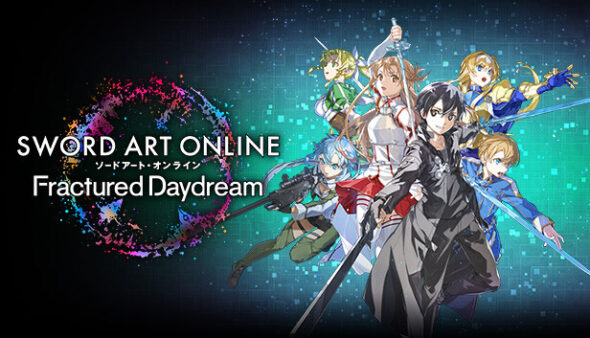
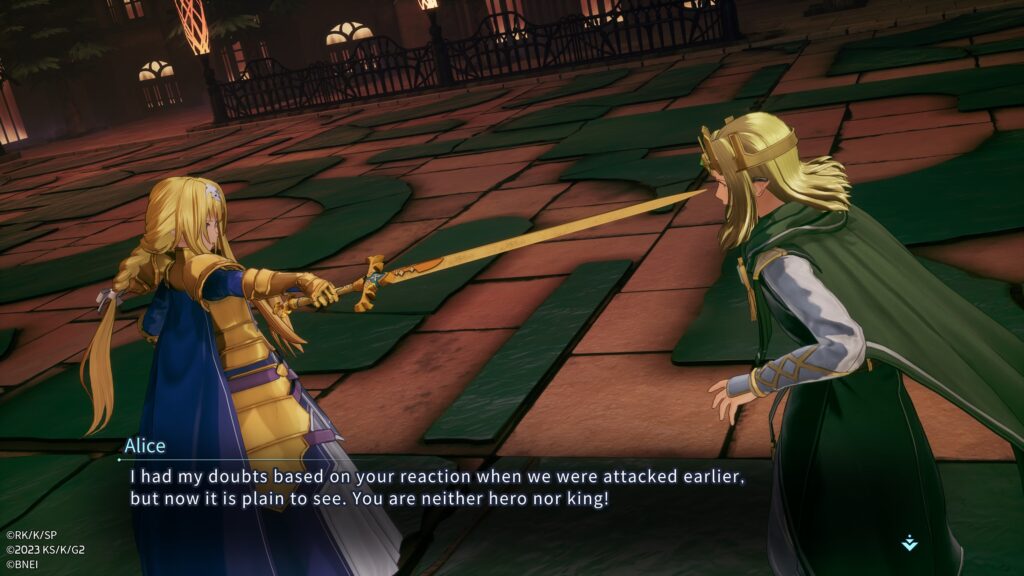
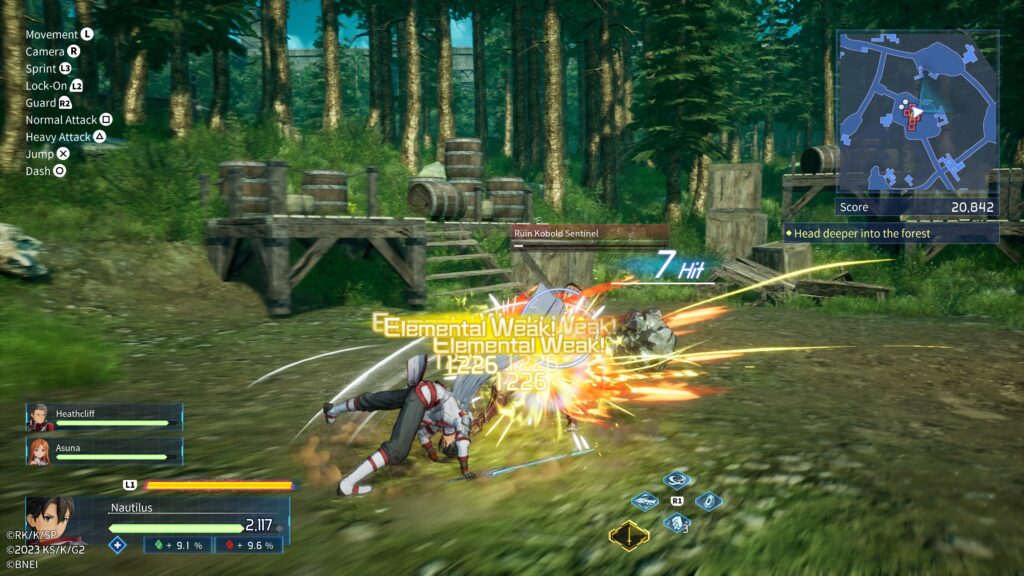
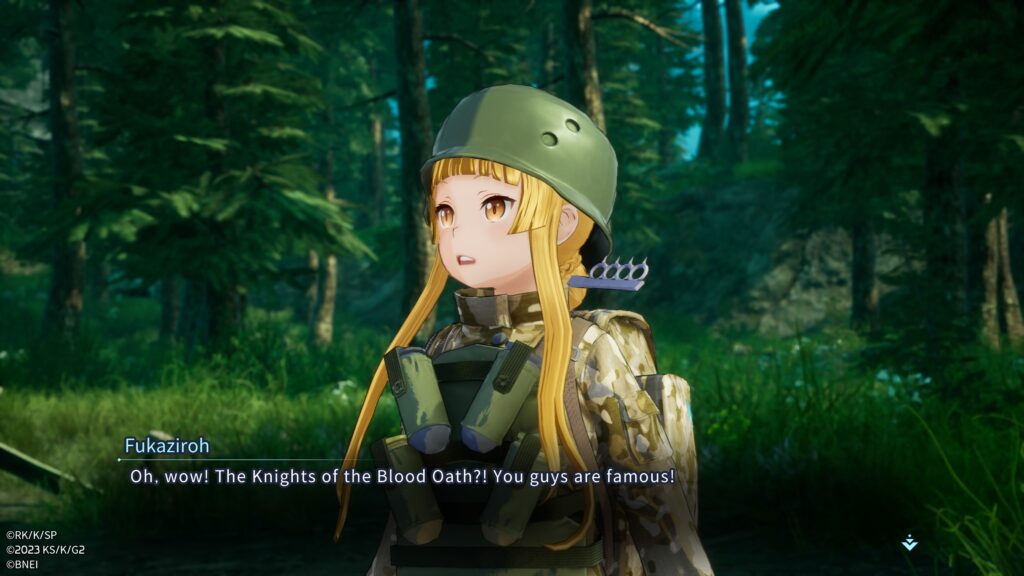
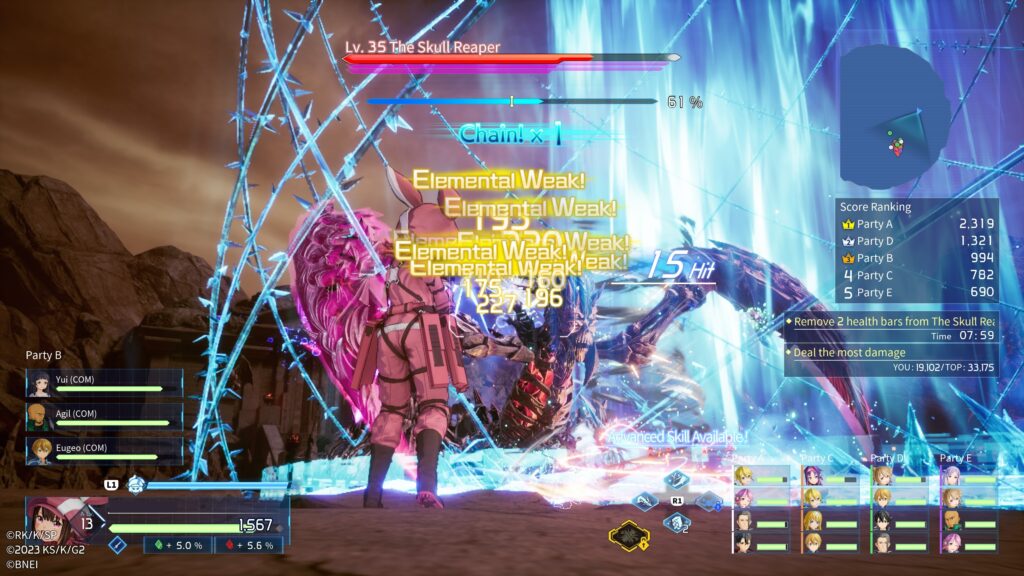
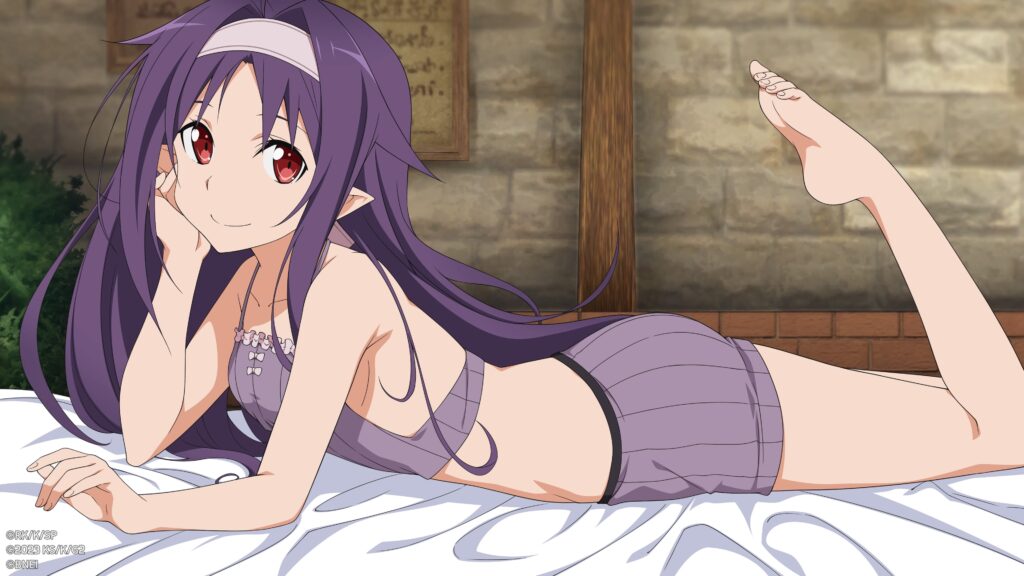
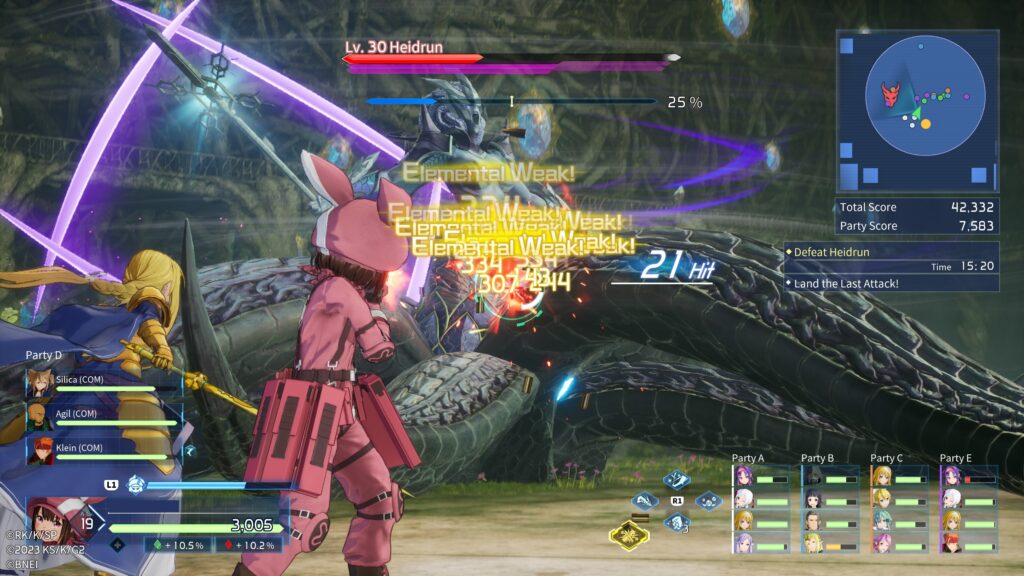



No Comments